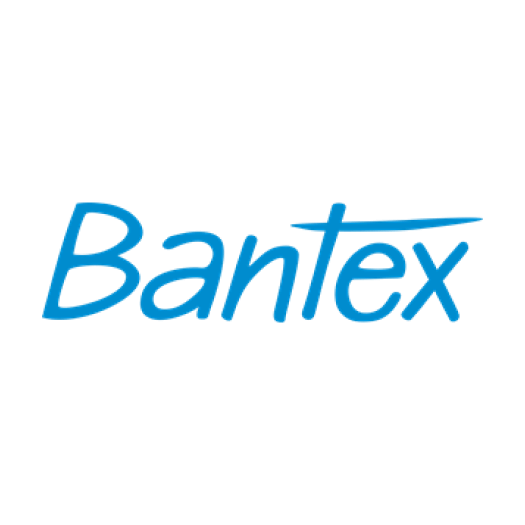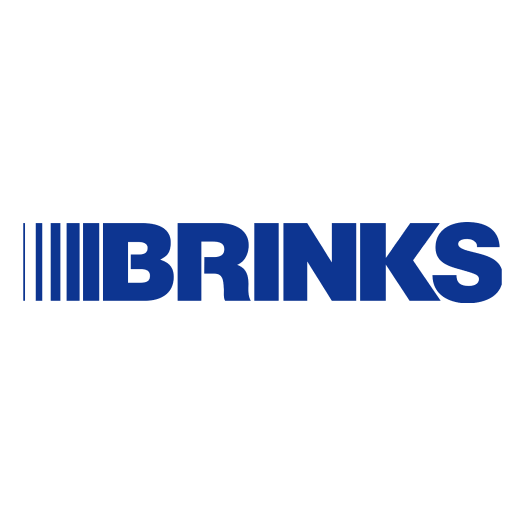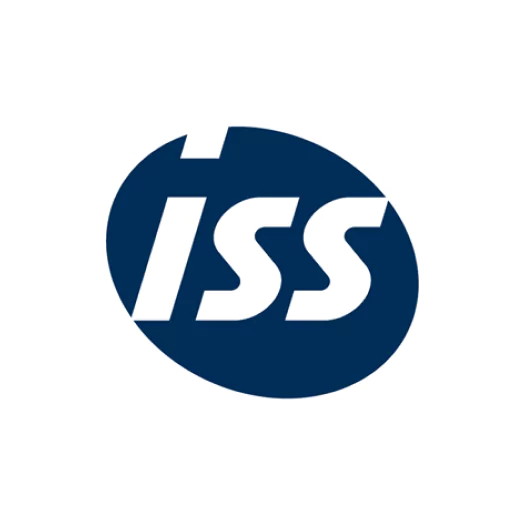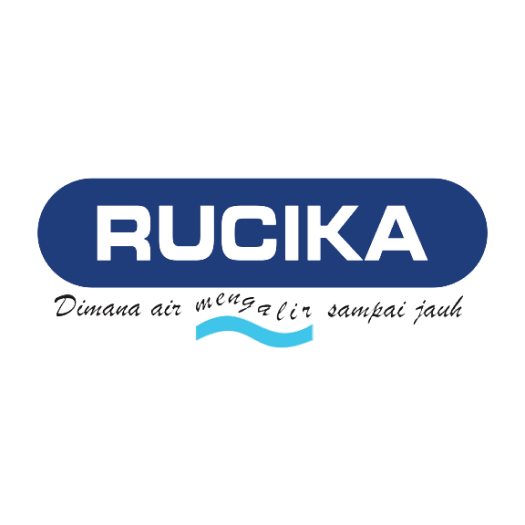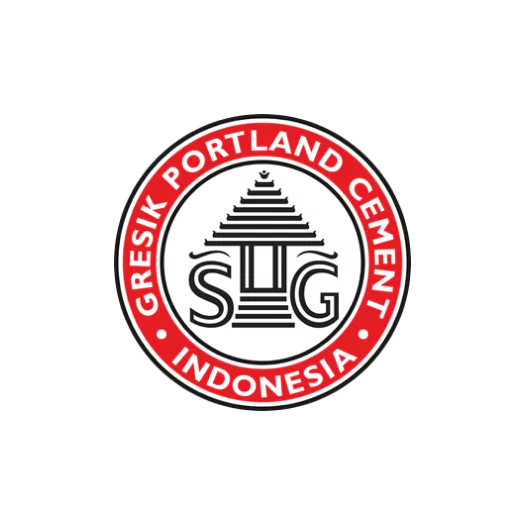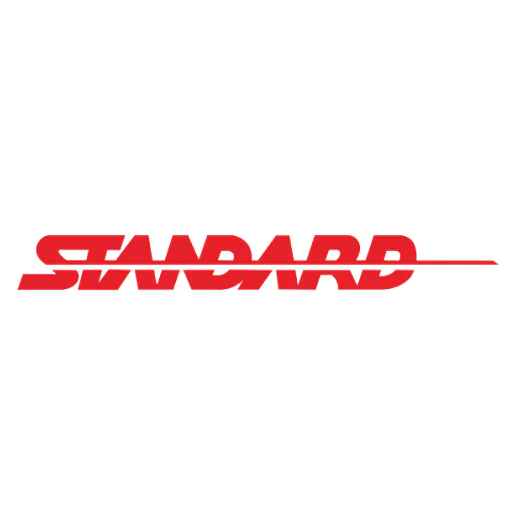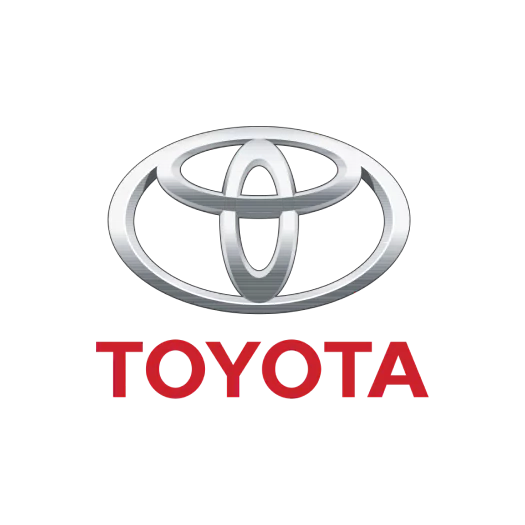Did you know that a study on performance management in the Philippines found that companies with strong performance management systems perform better, engage employees more, and drive higher productivity.
Despite these findings, many businesses still lack structured tracking and clear communication about performance expectations. Without a proper system in place, growth opportunities are missed, and companies struggle to align employee goals with business success.
That’s why businesses are starting to implement more effective performance management methods in hopes to increase employees’ morale, as well as outputs for business revenue. Hence, this article will guide you to understanding more about how performance evaluation works, and which methods are the most effective.
Key Takeaways
|
Table of Contents
What is Performance Management?
Performance management is a continuous process that involves regularly communicating and defining job roles, priorities, performance expectations, and development plans to enhance individual performance while ensuring alignment with the organization’s strategic objectives.
Additionally, it serves as a tool for managers to track and assess employees’ work. The primary aim of performance management is to cultivate a workplace environment that enables individuals to perform at their highest potential while contributing to the organization’s overarching goals. Competency management software can be used to track skills and performance more effectively, ensuring that development plans are data-driven and aligned with organizational goals.
Both private and public sectors commonly use this approach. In addition to setting objectives at the start of the evaluation period and assessing performance at the end, it’s better to conduct regular feedback sessions throughout the year.
How HR Performance Management Works
A good performance management program helps managers and employees stay on the same page about expectations, goals, and career growth while making sure everyone’s work aligns with the company’s bigger picture.
It also helps allocate resources effectively within the company’s performance budget. Instead of just focusing on yearly reviews, performance management looks at how employees fit into the workplace as a whole, aiming for continuous improvement rather than perfection.
For instance, a sales manager may set revenue targets for their team within a specific time frame. Instead of just assigning numbers, they also provide strategic guidance to help employees achieve their goals.
Benefits of Performance Management
Supporters of performance management argue that it not only helps companies achieve their objectives but also enhances job satisfaction for employees, ultimately leading to better retention rates.
- Reduces Unpleasant Surprises – Employees are less likely to feel caught off guard by negative feedback during annual reviews since they receive continuous feedback throughout the year.
- Encourages a Coaching Mindset – Instead of acting as traditional bosses, managers take on the role of coaches, providing guidance and support to help employees grow and succeed.
- Fosters More Engaging and Rewarding Conversations – Regular performance-related discussions create a more positive and motivating work environment compared to the traditional, once-a-year evaluation process.
- Improves Employee Morale and Engagement – Ongoing feedback helps employees feel valued and supported, leading to increased motivation and productivity.
- Enhances Customer Satisfaction – Studies have shown that companies with strong performance management systems often experience improved customer service and satisfaction.
Methods of Performance Management
 Selecting the right performance management approach can drive continuous improvement, support employee growth and development, and ultimately enhance their contributions to your organization’s success. Below are some key performance management methods explained.
Selecting the right performance management approach can drive continuous improvement, support employee growth and development, and ultimately enhance their contributions to your organization’s success. Below are some key performance management methods explained.
1. Goal Setting
One of the most effective performance management strategies is setting SMART (Specific, Measurable, Achievable, Relevant, and Time-bound) goals. This approach provides employees with clear direction, motivation, and a sense of purpose.
Managers and employees can collaborate to set different types of SMART goals based on business needs and individual growth:
- Performance Goals – Focused on meeting specific job responsibilities and achieving key deliverables.
- Development Goals – Aimed at improving skills and competencies that prepare employees for career advancement.
- Stretch Goals – Designed to push employees beyond their comfort zones, encouraging them to take on new challenges and enhance their capabilities.
2. Continuous Performance Management
This method is an ongoing approach where managers and employees regularly discuss work performance and goals throughout the year. Instead of limiting feedback to annual reviews, managers provide real-time, constructive input alongside goal-setting and frequent check-ins.
Frequent feedback builds trust and makes work relationships more open and honest. It also helps catch small problems before they turn into big ones, improves communication between team members and managers, and creates a workplace where people feel supported in their growth.
3. Management by Objectives (MBO)
Management by Objectives (MBO) is a performance management approach that evaluates how well an employee’s work aligns with company goals. It helps managers assess job responsibilities, set clear objectives, and track progress to ensure employees are meeting expectations.
Once goals are in place, managers collect and analyze performance data to see how employees are doing. Regular feedback helps employees understand their strengths and pinpoint areas for improvement. If they’re struggling with certain tasks, they can ask for guidance and support.
This method also helps HR identify skill gaps and training needs. Additionally, it gives insight into workload distribution—whether employees can handle their tasks effectively or if adjustments, like delegating responsibilities, are necessary.
4. 360-Degree Feedback
360-degree feedback, also known as a 360 review, is a performance management method where employees receive input from multiple sources, including their manager, colleagues, and self-evaluations.
Instead of relying solely on a manager’s perspective, this approach provides a well-rounded view of an employee’s performance. Additionally, the process of giving feedback to peers encourages employees to reflect on their own growth and development.
While team members play a significant role in providing feedback, managers oversee the reports to identify key concerns or praise-worthy performance. The insights gathered can also guide employee training and development plans.
5. Performance Appraisals
Performance appraisals are one of the more traditional performance management methods, typically conducted on an annual, bi-annual, or quarterly basis.
These structured one-on-one meetings between an employee and their manager involve a comprehensive review of performance, highlighting strengths, weaknesses, and areas for improvement.
Beyond just evaluation, performance appraisals help employees understand their career trajectory within the company and what steps they need to take for growth or promotion. When done effectively, they can lead to better employee retention over time.
6. Coaching
Coaching is a performance management approach that focuses on mentoring employees to enhance their skills, knowledge, and overall performance through one-on-one discussions. Rather than providing direct solutions, coaching encourages employees to think critically and develop their own answers.
Since coaching requires specific skills, managers need proper training to guide employees effectively. Most organizations combine coaching with other performance management methods to create a well-rounded approach to employee development.
Common Steps to Performance Management
 While there are ready-made performance management software solutions available, most organizations tailor their templates to fit their specific needs. However, effective performance management programs generally share a few key components, including:
While there are ready-made performance management software solutions available, most organizations tailor their templates to fit their specific needs. However, effective performance management programs generally share a few key components, including:
- Aligning Employee Activities with Company Goals – Employees should clearly understand how their roles contribute to the company’s overall mission. Managers and employees should work together to define job responsibilities.
- Setting Clear Job Performance Outcomes – Employees should know what their job produces, the processes involved, the impact of their work on the company, and how they should interact with colleagues, supervisors, and customers.
- Establishing Measurable Performance Expectations – Employees should have input on how their success is measured. Expectations can include results (what they produce), actions (how they work), and behaviors (the attitude and values they demonstrate).
- Developing Career Growth Plans – Employees should have opportunities to learn new skills and apply them in ways that benefit both themselves and the company.
- Holding Regular Check-ins – Instead of relying only on an annual performance review, managers and employees should have ongoing discussions throughout the year to track progress and make necessary adjustments.
Tips for Conducting Performance Management
Effective performance management requires the right strategies and continuous evaluation to ensure success. Here are some key tips to build a system that supports both employee growth and company goals.
1. Assess What’s Working and What’s Not
Before making any updates to your performance management process or tools, it’s crucial to evaluate what’s effective, what isn’t, and the reasons behind it. HR should gather feedback from both employees and managers, collecting insights on their experiences and suggestions for improvement.
Once this information is compiled, it can be presented to business leaders alongside research and industry data to support the need for change.
2. Selecting the Right Performance Management Approach
There are two primary methods of performance management: the behavioral approach and the results-oriented approach. Choosing the right one depends on the nature of the role being evaluated.
a. Behavioral Approach
This method assesses employees based on their actions, behaviors, and effort rather than just their results. It is useful when providing detailed feedback and guiding future behaviors, especially in roles where individual contributions are difficult to quantify.
b. Results-Oriented Approach
This method focuses on measurable outcomes, such as the quality and quantity of work completed. Instead of assessing how the work is done, the emphasis is on the final output.
This approach is ideal for roles where performance can be measured objectively, such as sales representatives, customer service agents with set metrics, or professionals like lawyers and accountants who track billable hours.
To ensure effective performance management, it’s essential to choose the approach that best suits the role. Additionally, as work environments evolve—such as with the rise of remote and hybrid work models—companies should reassess their performance management strategies.
3. Train and Support Managers
Managers are key players in the success of a performance management program. They are responsible for engaging, motivating, and helping employees grow. To ensure they fulfill this role effectively, HR should provide structured training on giving and receiving constructive feedback.
Additionally, managers should be coached on how to establish an ongoing, open feedback loop with their teams, fostering a culture of continuous improvement.
4. Implement Continuous Performance Management
A study by Willis Tower Watson revealed that while 93% of organizations consider improving overall performance a key goal of performance management, less than half (44%) feel their current programs effectively achieve this objective.
One major issue is the overreliance on annual performance reviews without regular follow-ups or one-on-one check-ins throughout the year. Without ongoing feedback and coaching, employees miss opportunities for growth and improvement.
HR can play a crucial role in training managers to provide continuous, constructive feedback. This approach keeps employees motivated, helps identify and resolve issues early, and ensures that underperforming employees receive the necessary support and resources to improve.
Transform Your Performance Management with HashMicro HR Software
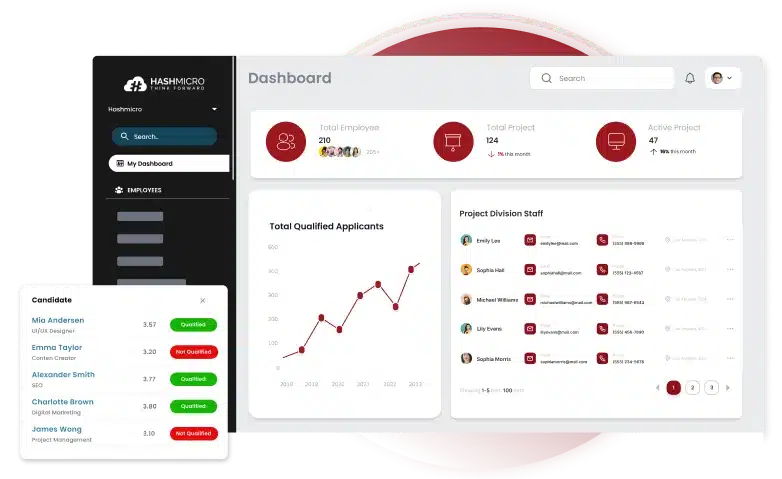 Instead of relying on once-a-year reviews, companies are now embracing continuous performance management, where feedback, goal-setting, and progress tracking happen all year round.
Instead of relying on once-a-year reviews, companies are now embracing continuous performance management, where feedback, goal-setting, and progress tracking happen all year round.
But here’s the challenge: How can managers track performance efficiently without spending hours on manual processes? This is where HashMicro HR Software comes to save the day.
With automated tools and data-driven insights, HashMicro’s HR Software helps businesses simplify performance management and empower employees to reach their full potential.
Here’s how:
- Comprehensive Career Transitions with KPI Tracking, Training, and Gap Analysis – Seamlessly manage employee promotions, role changes, and transitions by tracking KPIs, identifying skill gaps, and assigning training plans.
- Employee Performance Tracking with KPI and OKR – Monitors employee progress using KPI and OKR metrics to measure performance against company goals.
- Comprehensive 360-Degree Feedback from Internal and External Sources – Get well-rounded performance insights by collecting feedback from managers, peers, subordinates, and even external stakeholders.
- Performance Evaluation with Self-Assessment & Multi-Manager Reviews – Improve accuracy in appraisals with self-evaluations and reviews from multiple managers for a balanced performance assessment.
- In-Depth Performance Analysis with a Nine-Box Matrix – Easily identify top performers and future leaders with a structured nine-box matrix evaluation.
- Employee Development and Training Plans Based on Appraisal Results – Turn performance reviews into action by automatically generating training and development plans.
- Employee Career Suggestion Plan Based on Appraisal Results – Suggests career progression paths based on employee performance and skill assessments.
Conclusion
Performance management keeps employees engaged, motivated, and aligned with company goals. Kapag may regular check-ins at clear expectations, mas madali for employees and businesses to grow together.
Let’s be real: managing performance manually takes too much time and doesn’t always give you the full picture. HashMicro HR Software makes it easy to track KPIs, collect 360-degree feedback, and create smart development plans, all in one platform.
Why stick to outdated methods when you can have a system that does the work for you? With HashMicro HR Software, hindi mo na kailangang mag-effort mag-track ng performance, automated na lahat, real-time pa.
Try a free demo today and see how it transforms performance management for the better!

Frequently Asked Questions on Performance Management
-
What are the main objectives of employee performance tracking?
The goals include aligning individual tasks with company objectives, improving work quality through regular feedback, and identifying areas for skill development.
-
How does workforce performance evaluation differ from performance appraisals?
Workforce performance evaluation is an ongoing process of setting expectations and providing feedback, while appraisals are periodic reviews focused on past performance.
-
How can staff development planning enhance employee motivation?
It increases motivation by recognizing achievements, offering growth opportunities, and showing employees how their work contributes to company success.
-
What role does technology play in talent performance oversight?
Digital tools help track goals, provide real-time feedback, and analyze work progress, making performance oversight more accurate and efficient.
{
“@context”: “https://schema.org”,
“@type”: “FAQPage”,
“mainEntity”: [{
“@type”: “Question”,
“name”: “What are the main objectives of employee performance tracking?”,
“acceptedAnswer”: {
“@type”: “Answer”,
“text”: “The goals include aligning individual tasks with company objectives, improving work quality through regular feedback, and identifying areas for skill development.”
}
},{
“@type”: “Question”,
“name”: “How does workforce performance evaluation differ from performance appraisals?”,
“acceptedAnswer”: {
“@type”: “Answer”,
“text”: “Workforce performance evaluation is an ongoing process of setting expectations and providing feedback, while appraisals are periodic reviews focused on past performance.”
}
},{
“@type”: “Question”,
“name”: “What role does technology play in talent performance oversight?”,
“acceptedAnswer”: {
“@type”: “Answer”,
“text”: “Digital tools help track goals, provide real-time feedback, and analyze work progress, making performance oversight more accurate and efficient.”
}
},{
“@type”: “Question”,
“name”: “How can staff development planning enhance employee motivation?”,
“acceptedAnswer”: {
“@type”: “Answer”,
“text”: “It increases motivation by recognizing achievements, offering growth opportunities, and showing employees how their work contributes to company success.”
}
}]
}






